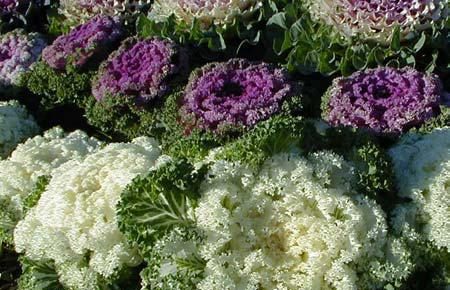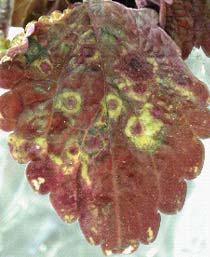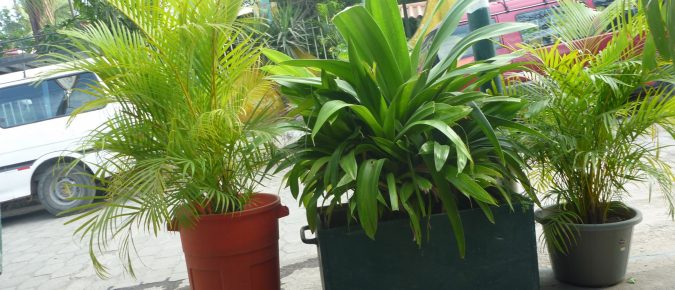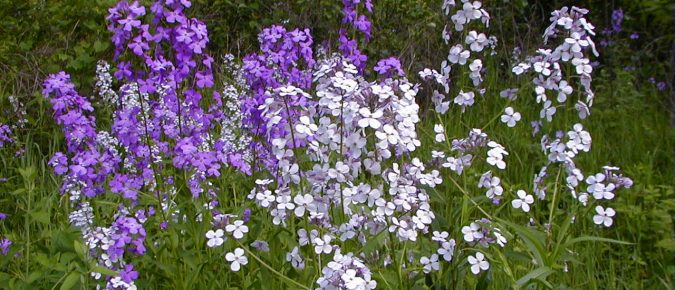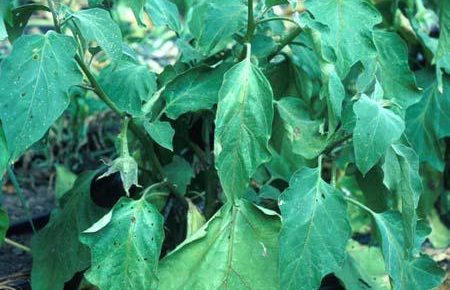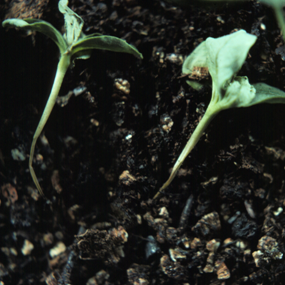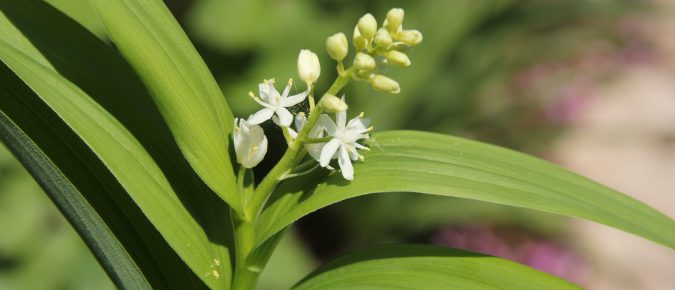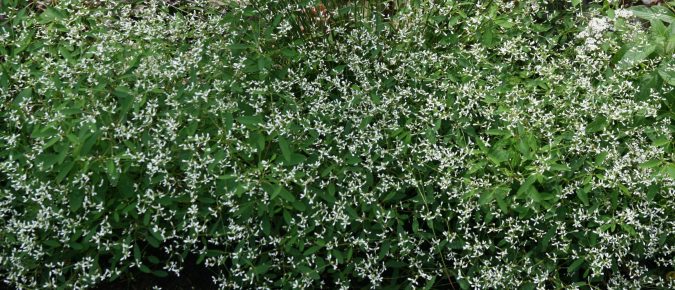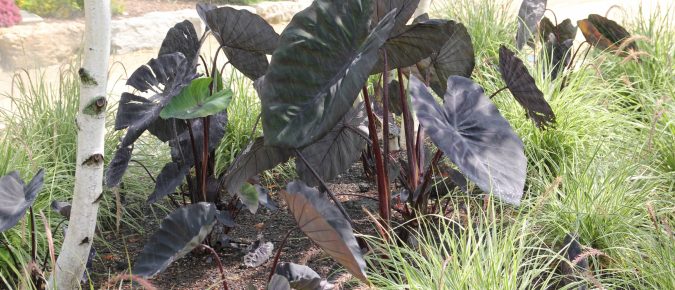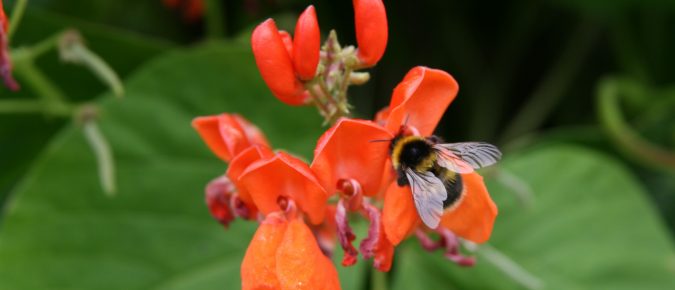Susan Mahr, UW Horticulture Revised: 5/11/2010 Item number: XHT1163 What are ornamental cabbage and kale? Ornamental cabbage and kale (also known as “flowering” cabbage and kale) are in the same species (Brassica oleracea) as edible cabbage, broccoli, and cauliflower. While ornamental cabbage and kale are edible, they tend to have a bitter flavor and are […]
Ann Joy and Brian Hudelson, UW-Madison Plant Pathology Revised: 5/11/2010 Item number: XHT1139 What is impatiens necrotic spot? Impatiens necrotic spot is a viral disease that causes considerable losses to greenhouse-grown ornamentals and, to a lesser extent, vegetable crops. In Southern states, impatiens necrotic spot can also be a problem on field crops. Ornamental crops […]
Live in an apartment or condo? You can still raise a garden’s worth of flowers or vegetables in pots and other containers by mastering the methods described in this publication.
Dame’s rocket is a Eurasian biennial belonging to the mustard family. It was introduced to North America in the 1600’s and has naturalized itself in moist, wooded areas, but can also invade open areas. Learn how to identify and control this invasive plant in this factsheet.
Black walnut trees produce a toxic substance (called juglone) that prevents many plants from growing under or near them. Learn more about this compound and how to work around it in this factsheet.
Aster Yellows is a chronic, systemic disease that affects flowers in the aster family as well as some vegetables. Symptoms vary, and include unusual growth and colors. Learn more in this factsheet.
Damping off is a common and fatal disease of all types of plant seedlings, infecting them near the soil line causing them to collapse quickly. Learn how to avoid damping off here.
What’s blooming in your late season garden? There aren’t as many choices of shade-loving perennials that flower in the fall as those that bloom in spring or summer, but one to consider is Tricyrtis hirta. Learn more about this Japanese species of toad lily with exotic-looking, orchid-like flowers by reading this article….
Solomon’s seals are great native woodland plants to add to any shade garden. False Solomon’s seal looks very similar to the “true” Solomon’s seal, but the two are easily distinguished by the shape and location of the flowers and berries. Learn more about Maianthemum racemosum (false Solomon’s seal) in this article…
Need an airy plant that blooms for a long time but is very low maintenance? Euphorbia Diamond Frost® is a great little plant that requires little care yet continues to flower all season and combines well with almost any other garden plant. Learn more about this tough but dainty looking tender perennial in this article…
If you want a tropical look in your garden, just add elephant ears! Lots of new ornamental cultivars of these tender perennials – that are frequently grown as annuals here in the Midwest – have been developed in recent years. To learn more about this group of plants with large, heart-shaped leaves, read this article…
If you’re looking for a multipurpose plant to cover a trellis or fence, provide some food, and have showy flowers, look no further than scarlet runner bean. Learn more about scarlet runner bean in this article…

